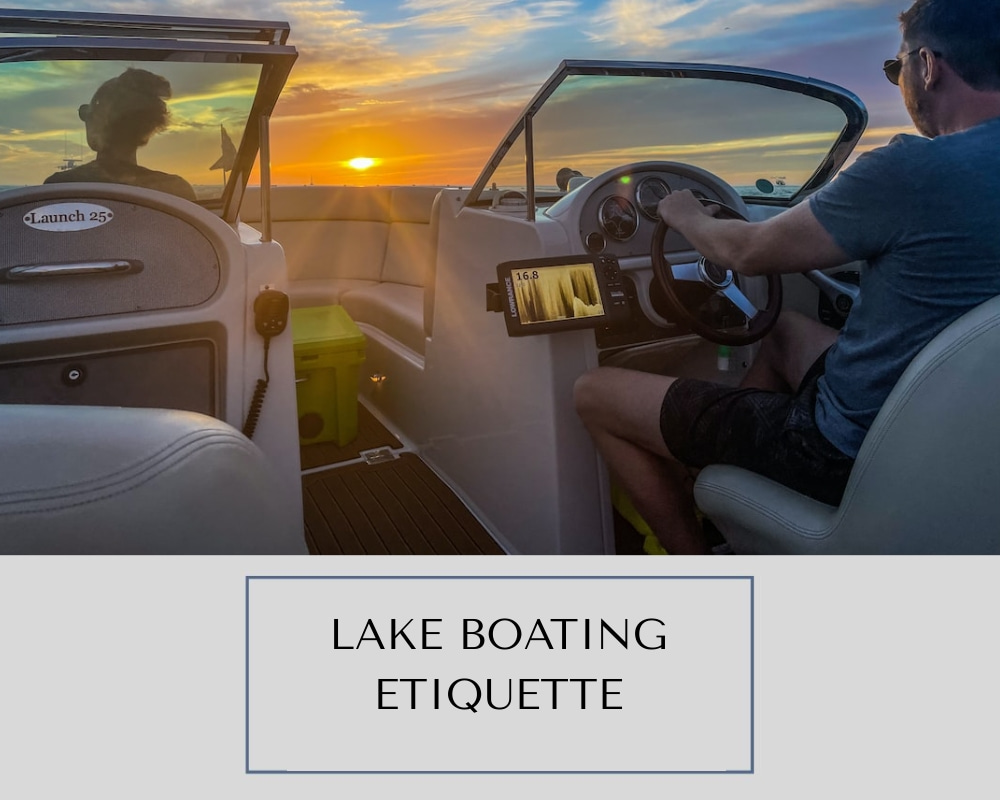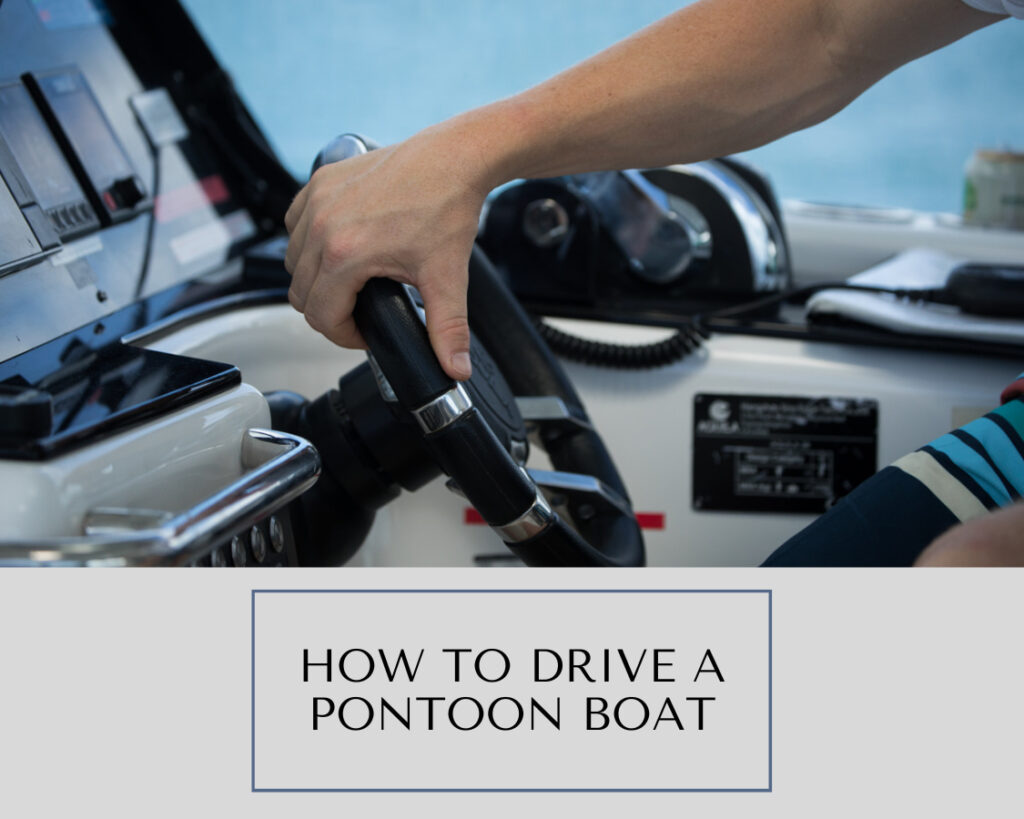Welcome to the world of lake boating, where blue waters merge with the sky, an eternal dance between waves and wind. It is a realm of freedom, escapism, and detachment from the bustling city life.
But, even amidst this wild abandon of fluidity, there are rules – unwritten codes of conduct that command respect and a certain awareness towards the waterbody and its inhabitants.
Not a sudden imposition, far from it! Rather, they harken back to an age-old tradition of voyagers – the boating etiquette. And it is this very element that we shall weave our narrative around today. A friendly cautionary tale, if you will – but remember, we’re all in the same boat here – quite literally!
Lake Boating Etiquette: The Basics
The art of navigating our charming lakes doesn’t come without its own rules. There’s a common understanding among boaters and the shared responsibility that keeps this lake lovers’ paradise well-oiled and functioning. So, let’s dive right into the basics that everyone should know.
1. Right of Way Rules
Imagine cruising down the azure lake when you notice another boat nearing. Who should steer clear? Who has the ‘right of way’? This ceaseless waltz on endless waters is an exciting spectacle – and yet, a matter of unspoken agreement.
The rule of thumb is rather simple: always step aside for any vessel restricted in its ability to maneuver, which includes boats engaged in fishing or bigger, less agile vessels.
Just like on the road, the notion of “right of way” on the water promotes safety, reducing the chances of collisions and contributing to smoother navigation for everyone.
2. Slow No Wake Zones
“Slow down, enjoy life,” wrote famous chef Eddie Cantor, and lake boating doesn’t make an exception. Often marked by buoys, “slow no wake zones” are specific lake areas where you need to slow your boat to a speed that avoids creating wakes. Why? It’s all about safety and respect!
Creating wakes around marinas, harbors, and anchored boats could lead to unwanted accidents and damage. Also, the excessive wake can hasten shoreline erosion, devastating lake environments and shoreline properties. Decipher the signs, slow down, and enjoy the tranquillity.
3. Keeping Noise to a Minimum
There’s a universal appeal to the low hum of a boat, the gentle ripples it creates, and softly whispered conversations as you soak in the picturesque scenery. Noise, after all, should never spoil this idyllic ambiance. After all, sound travels far on water – much further than you think!
Not only does excessive noise disturb other lake-goers, but it can also disrupt wildlife and the comfortable quietness that many seek in such places.
Whether it’s music, your boat’s engine, or the hearty laughter of your companions, keep the noise level respectful and considerate. Embrace the silence as an integral part of your lake boating experience.
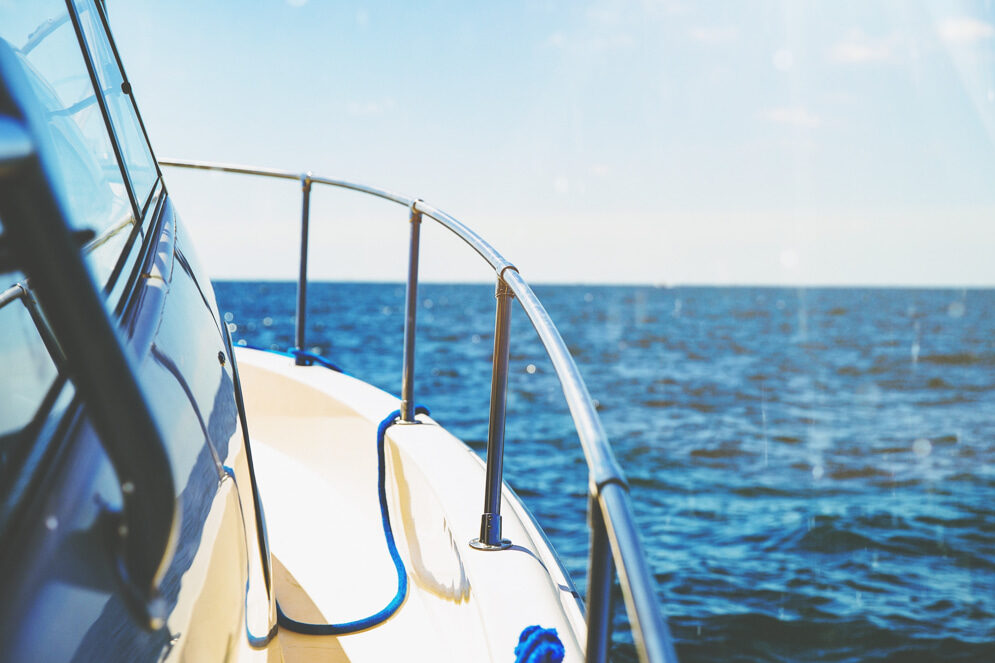
Navigational Etiquette
Navigational etiquette is boating what social skills are to a smooth and friendly interaction – you can’t really do without it. Knowing how to communicate well on the water and being respectful of others’ space and comfort are two crucial aspects of this.
1. Communicating with Other Boaters
Navigational interactions may not always be smooth sailing. Sometimes, you may need to communicate with other boaters – to issue a warning, request help, or explain your next move. How you do so can speak volumes about your nautical nicety.
Be it a friendly wave, a respectful nod, a courteous smile, or clear hand signals when required, ensure your communications are clear and polite. If other boaters seem to be struggling, be considerate and patient or offer help if necessary. And remember, respect is contagious!
2. Docking Etiquette
Docking a boat is perhaps one of the most challenging aspects of boating, and unsurprisingly, it’s where a lot of our etiquette comes into play. Think of it as parking a car, but where the parking space can move and even drift away. Now that’s a challenge!
In all fairness, make sure you’re using only your assigned space and not encroaching upon others’ slots. Be efficient and quick with your docking and undocking to avoid creating a backup. Above all, assist others where necessary—teamwork makes for better boating!
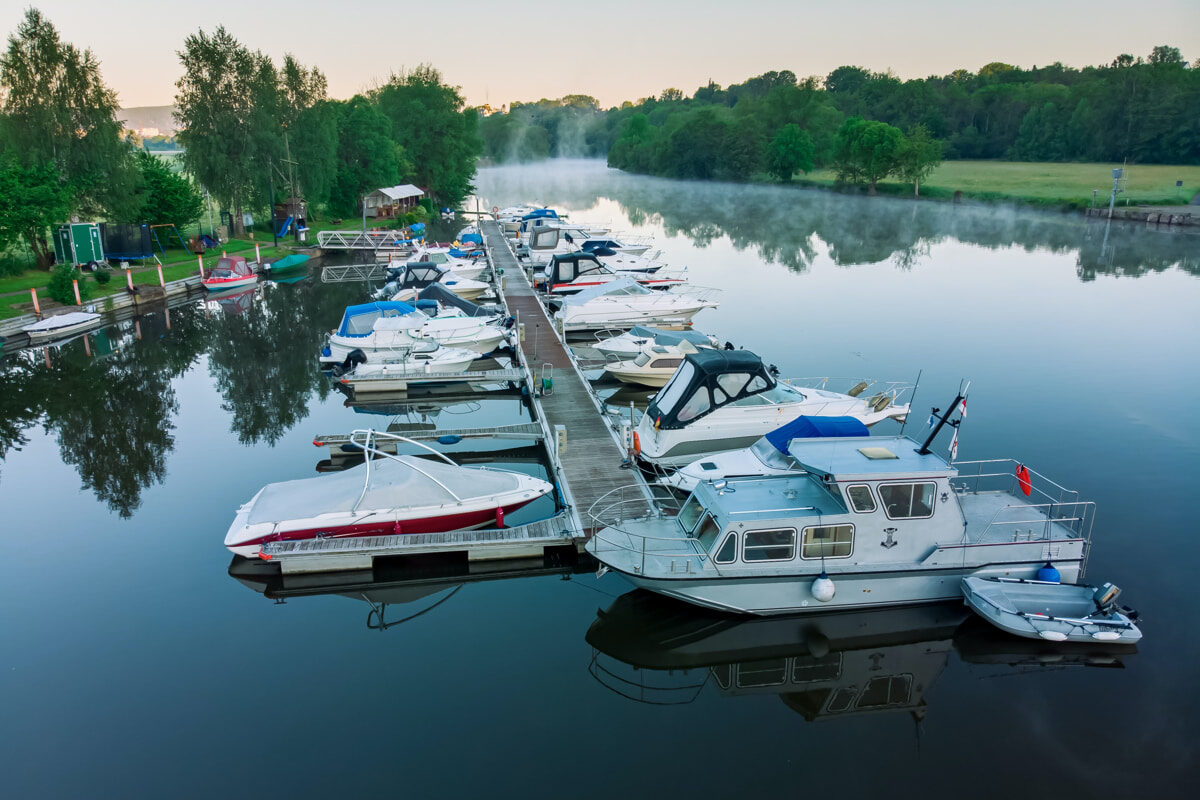
Environmental Etiquette
Our lakes aren’t just sites of recreation—they are delicate ecosystems, home to diverse species of flora and fauna. So, while we enjoy their beauty, maintaining a cautious relationship with this environment is our primary responsibility. Let’s unpack this further.
1. Litter and Waste Management
If there’s one principle always to live by during lake boating—or indeed any outdoor activities—it’s “Leave No Trace.” Dispose of your trash responsibly—better yet, carry it with you once you’re off the boat. Waste dumped in the lake affects both the beauty and the health of the water body.
Moreover, ensure you’re also managing human waste appropriately if you’re on long trips. Many modern boats are equipped with onboard toilets and waste storage systems. Familiarize yourself with these and their appropriate methods for emptying or disposal.
2. Protecting Wildlife and the Ecosystem
Lakes are dynamic ecosystems, teeming with life. These innocent creatures are as much a part of the boating experience, punctuating our ventures with moments of unadulterated thrill and joy. Remember, we are guests in their home.
Be prepared to encounter wildlife and know the right way to react. Avoid feeding any animals you come across in the water or by the shore, as it can disrupt their natural feeding patterns and diet, resulting in harm. Also, maintain a respectful distance and never try to catch or harass them.

Personal Conduct on the Boat
Now, with the etiquette towards others and the environment covered, it’s time to reflect inward.
Our behavior and attitudes on the boat play crucial roles in crafting a fantastic boating day. And yes, this involves being safe and respectful too!
1. Safety Practices
Safety on the water is not just a recommendation—it’s a necessity. Practicing safe boating, therefore, isn’t merely a part of etiquette—it’s the cornerstone of it.
Always sport life jackets, be aware of your boat’s capacity, and learn the required safety measures before setting sail.
Never operate a boat under the influence of alcohol or drugs. A clear, sober mind is your best co-passenger when out on the waters. Also, check weather conditions before heading out to avoid being caught in storms or other adverse conditions.
2. Respect for Fellow Boaters
As folks say before, it is a night of revelry and camaraderie – respect the space! Good personal conduct is largely about respecting other people’s enjoyment out on the water.
The golden rule of boating could well be – to treat others’ peace and enjoyment with the same courtesy you’d want them to offer yours.
Play your music at a considerate volume, avoid producing too much wake, and always have a friendly demeanor toward your fellow boaters.
Keep in mind that everyone is on the water to enjoy their leisure time in their own way. Let’s keep the atmosphere positive and the vibes high!
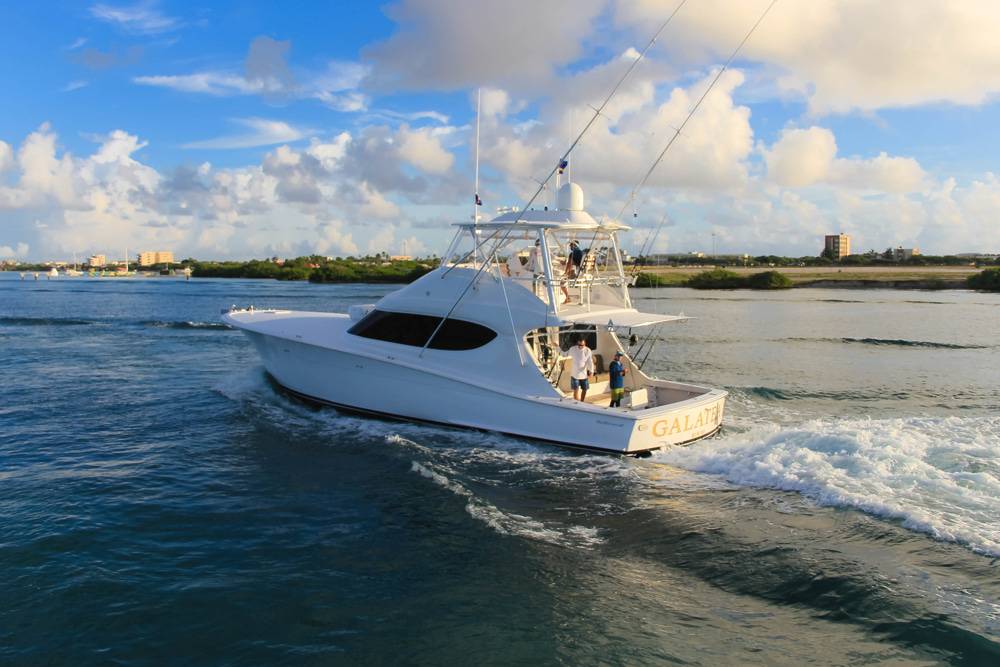
Conclusion
To say that etiquette is the basis of a harmonious boating environment would be no overstatement. Effective communication, mutual respect, knowledge of navigation rules, concern for the environment, and thoughtful personal conduct are all threads in the tapestry of excellent boating.
So, the next time you set sail, remember to bring along your boating etiquette. We promise you’ll be glad you did. After all, a lake excursion isn’t merely for enjoying the azure waves and clear sky – it’s about fostering a community that respects, understands, and grows together.

